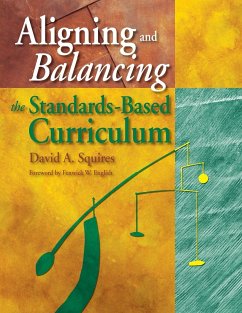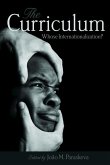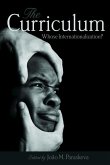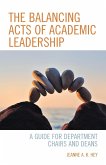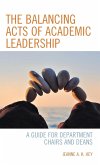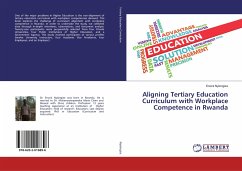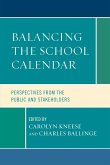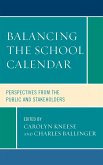Full of field-tested implementation tools, this comprehensive handbook shows how schools and districts can use the Balanced Curriculum process to put their schools on the track to success.
`A coherent approach to curriculum, instruction, and assessment in the age of standards-driven education.... It will be an excellent contribution' - H Lynn Erickson, Author, Concept-Based Curriculum and Instruction (Corwin Press 2002)
`The book builds a bridge of confidence that will convince readers both of the ideas and their own ability to succeed' - David W Champagne, Professor Emeritus, University of Pittsburgh
`A wonderful and thorough explanation of the Balanced Curriculum' - Michelle Barnea, Educational Consultant, Milburn, New Jersey
The book offers a comprehensive collection of curriculum mapping and assessment tools, including sample lessons, rubrics, planning guides, state-specific examples of implementation; and screen shots from the online database, all illustrating the balanced curriculum process in action.
Hinweis: Dieser Artikel kann nur an eine deutsche Lieferadresse ausgeliefert werden.
`A coherent approach to curriculum, instruction, and assessment in the age of standards-driven education.... It will be an excellent contribution' - H Lynn Erickson, Author, Concept-Based Curriculum and Instruction (Corwin Press 2002)
`The book builds a bridge of confidence that will convince readers both of the ideas and their own ability to succeed' - David W Champagne, Professor Emeritus, University of Pittsburgh
`A wonderful and thorough explanation of the Balanced Curriculum' - Michelle Barnea, Educational Consultant, Milburn, New Jersey
The book offers a comprehensive collection of curriculum mapping and assessment tools, including sample lessons, rubrics, planning guides, state-specific examples of implementation; and screen shots from the online database, all illustrating the balanced curriculum process in action.
Hinweis: Dieser Artikel kann nur an eine deutsche Lieferadresse ausgeliefert werden.

